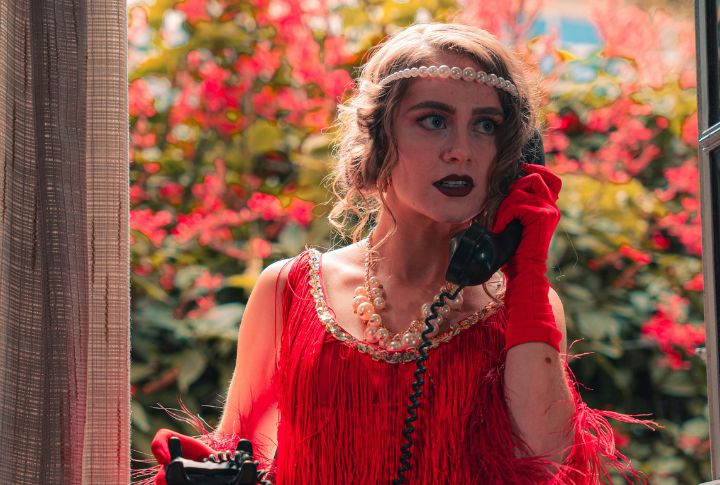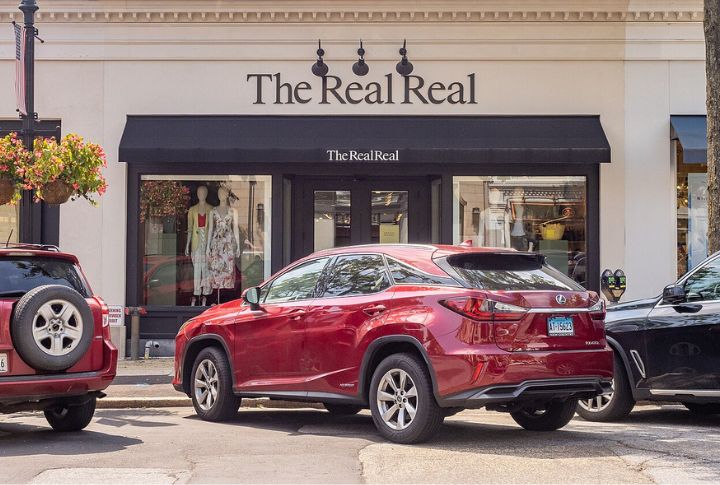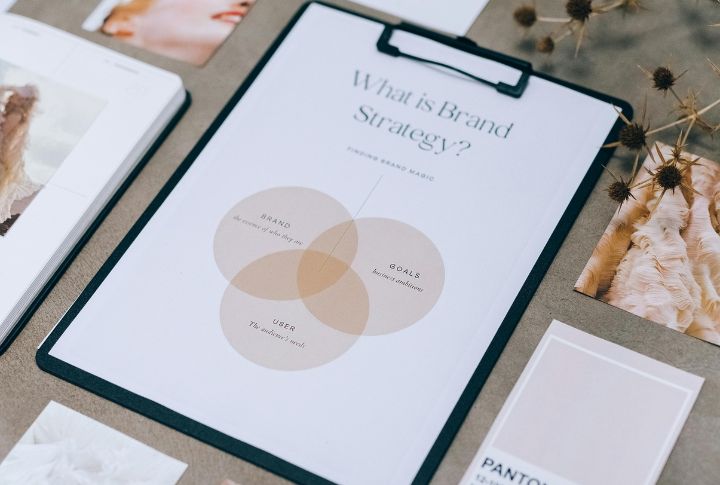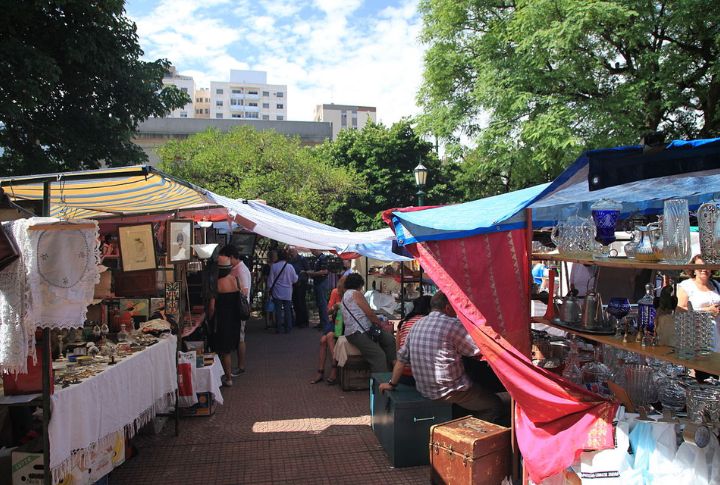
Hidden treasures are everywhere—you just need to know where to look. Vintage costume jewelry, once dismissed as mere accessories, is now a booming market with buyers willing to spend big on rare, well-maintained items. The right find can turn a small investment into a significant profit, but success depends on spotting value where others don’t. If you’re ready to uncover forgotten gems and turn them into cash, these expert tips will set you on the right path.
Scout Thrift Stores For Unique Finds

Every year, millions of items end up in thrift stores, with some hiding rare vintage costume jewelry. Check for quality materials like glass rhinestones and gold or silver plating. Authentic vintage pieces often feature detailed metalwork and clasps such as C-clasps or barrel clasps. Thrift stores in urban areas and historic districts tend to have the best selections.
Attend Estate Sales For High-Quality Pieces

Savvy shoppers use online estate sale platforms like EstateSales.net and Everything But The House (EBTH), along with local classifieds, to track down hidden gems. They keep an eye out for keywords like “vintage” and “antique” to uncover promising sales. While tales of million-dollar finds are rare, the real allure of estate sales lies in the possibility.
Explore Online Auctions For Rare Items

Collectors worldwide compete for rare vintage costume jewelry through online auctions. Limited-edition designer collaborations and discontinued fashion house pieces, such as those by Monet for Yves Saint Laurent and Christian Lacroix, remain highly sought after. Specialist auction houses, like Kerry Taylor Auctions, are goldmines for finding these valuable treasures.
Leverage Social Media To Market Your Finds

Fashion influencers and antique lovers are fueling the online demand for timeless treasures, especially vintage costume jewelry. A timeless pearl necklace or an eye-catching brooch can easily go viral. Partner with content creators and use trending hashtags to boost visibility. Short-form videos that contain unique details can help you attract shoppers.
Research Market Trends To Identify In-Demand Items

Trends in vintage fashion shift rapidly, influenced by media and celebrity endorsements. The Y2K revival brought claw clips and butterfly motifs back into style. At the same time, the 2023 Met Gala’s theme, “Karl Lagerfeld: A Line of Beauty,” reignited demand for classical Chanel. Monitor resale price fluctuations for timely, profitable listings.
Provide Detailed Descriptions And High-Quality Photos

Online shoppers rely on accurate descriptions to assess. Mention material composition with period and maker’s marks. High-quality images are essential for online sales. Multiple, clear photos of the item from various angles can improve sales. Include close-ups of hardware and material to minimize returns and build buyer trust.
Offer Excellent Customer Service

Customer satisfaction directly impacts resale success. According to Salesforce, 89% of customers are more likely to make another purchase after a positive service experience. Quick responses and personalized touches can turn a one-time buyer into a loyal customer. Add repair options or styling tips for additional value.
Utilize Multiple Selling Platforms To Reach A Wider Audience

Resale success often depends on the right shoppers. Luxury accessories thrive on Vestiaire Collective and The RealReal, while quirky, retro pieces perform well on Etsy and Depop. Each platform has different strategies, so tailor descriptions, prices, and promotions accordingly. Diversification reduces risk and increases exposure.
Build A Strong Brand Identity

A cohesive aesthetic helps vintage sellers stand out in a competitive market. According to ThredUp’s 2023 Resale Report, branded resale has grown with more retailers with resale programs. If you choose a signature color palette or theme—whether bohemian or minimalist— it establishes a recognizable brand.
Network With Other Vintage Sellers And Collectors

Collaboration and insider knowledge can lead to privileged opportunities. Private dealer groups and antique fairs often provide rare discoveries and undervalued markets. For example, Finn Thomas of the ‘Bad Mouth* Archive’ became successful due to their partnership with Known Source, a platform for curated vintage sellers.
